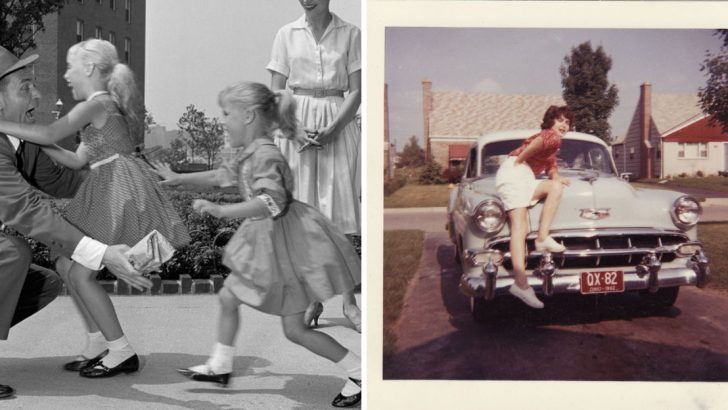The 1960s was a time of great social change and cultural upheaval. Our parents, who navigated this vibrant decade, adopted practices and lifestyles that would be unimaginable today. Back then, the world was less regulated, more free-spirited, and, in many ways, riskier. There were no seatbelt laws, smoking was rampant, and kids roamed unsupervised until the streetlights came on.
This era’s parenting reflected a trust in children’s resilience and a belief in freedom that would leave today’s helicopter parents aghast. Join us on a nostalgic journey exploring thirteen parenting practices from the ’60s that break every rule today.
1. No Car Seats or Seatbelts
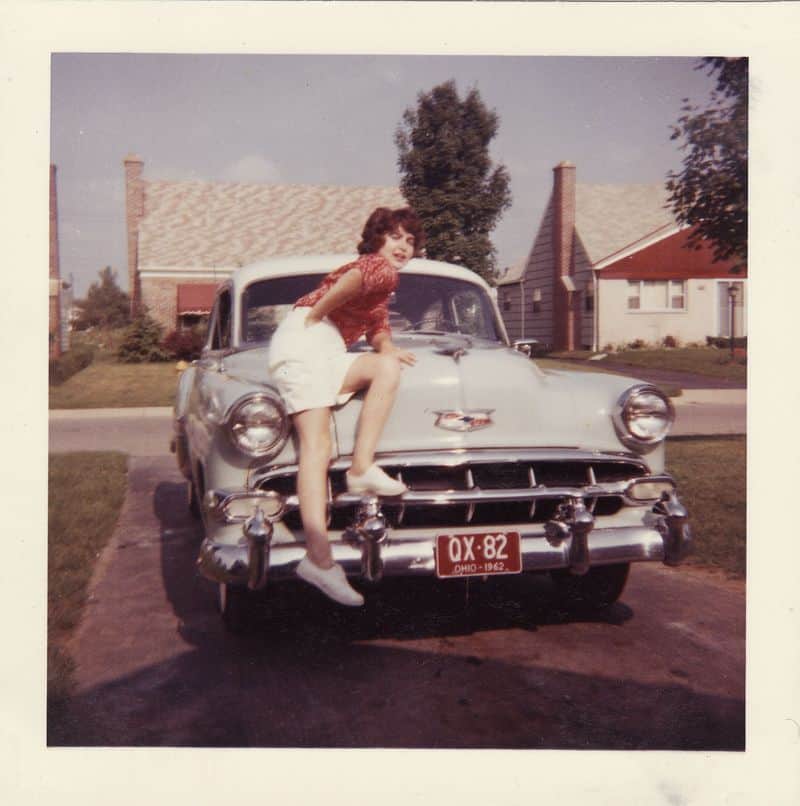
In the 1960s, the concept of using car seats or even wearing seatbelts was virtually non-existent. Parents often drove with their children freely roaming the backseat, a practice that is unimaginable today. Cars were built like tanks, and it was believed that kids were safe enough without any restraints. The absence of safety regulations meant that children could even sit on a parent’s lap in the front seat. Such practices would horrify modern-day parents. Today, strict laws govern child safety in vehicles, with mandatory car seats and seatbelt use to protect young lives.
2. Laissez-Faire Playtime
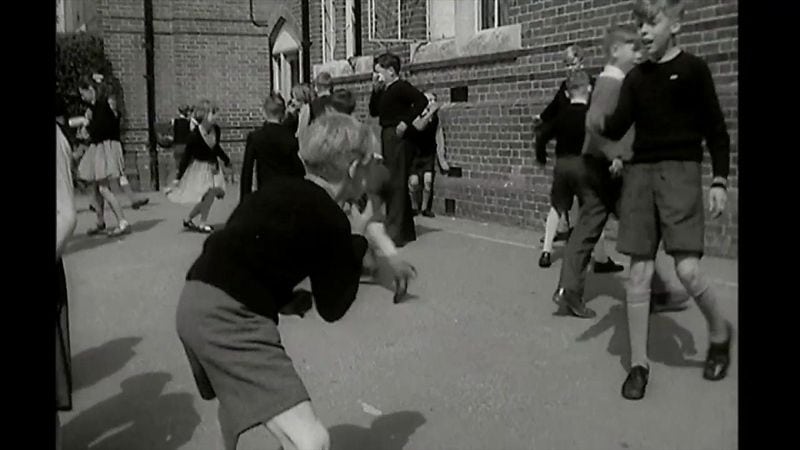
During the ’60s, children enjoyed a freedom that would make today’s parents uneasy. Kids were allowed to play unsupervised in neighborhoods, exploring and creating adventures on their own. This liberty fostered independence but also came with risks. Parents trusted that their kids would navigate the world sensibly, learning from each fall or scrape. Today, this hands-off approach has been replaced by supervised playdates and structured activities. While the independence was valuable, safety concerns in today’s world mean parents are more involved and vigilant than ever before.
3. Smoking Everywhere

Smoking was a common sight in the 1960s, even around children. Whether it was in the house, car, or public places, the presence of cigarette smoke was ubiquitous. Parents smoked at home, often without considering the health implications for their children. This habit was socially acceptable and rarely questioned. Nowadays, the dangers of secondhand smoke are well-known, and smoking around kids is heavily discouraged if not outright banned in most public places. The shift towards smoking bans reflects a growing awareness of health risks that were overlooked in the past.
4. No Helmets for Biking
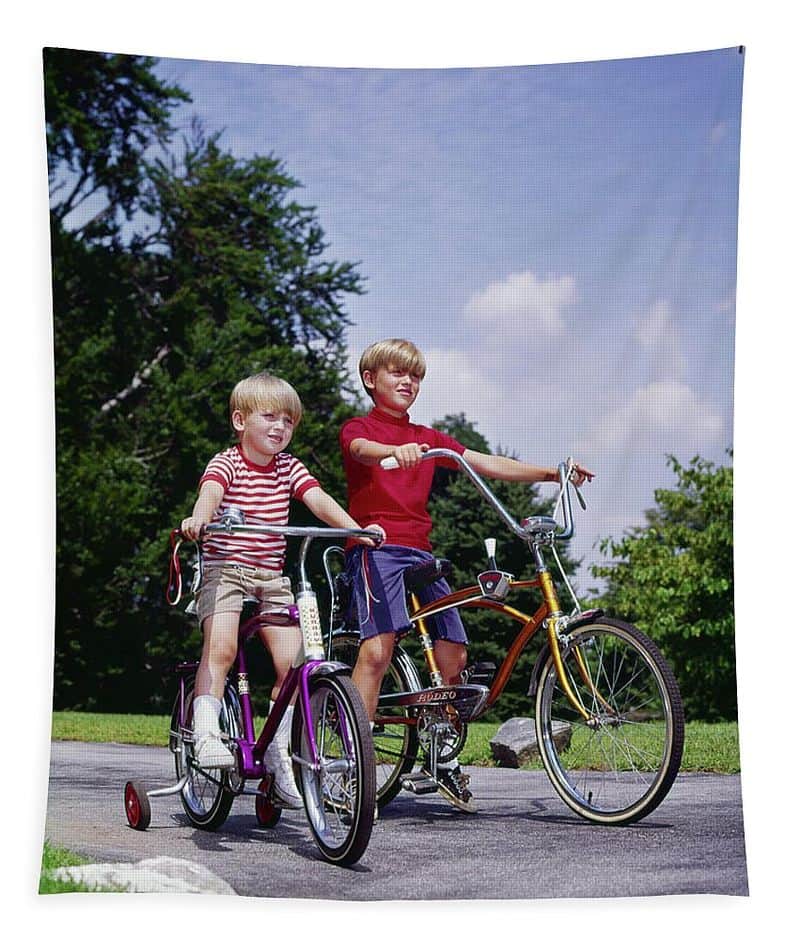
In the 1960s, children rode their bicycles without the protection of helmets. Cycling was a carefree activity, and safety gear was considered unnecessary. The absence of helmets reflected a broader cultural attitude towards risk and safety, where falls and scrapes were seen as part of growing up. Today, helmets are an essential part of bicycle safety, enforced by both parents and laws. The emphasis on protection reflects a shift towards minimizing risk and preventing injuries, a stark contrast to the more relaxed approach of past decades.
5. Lead in Toys

Lead-based paints were commonly used in toys during the 1960s, exposing children to significant health risks. These vibrant toys were a staple in households, unaware of the potential harm. Lead can cause serious health issues, particularly in young children, affecting their development and well-being. Today, strict regulations ensure that toys are free from harmful chemicals, and lead in toys is a thing of the past. The awareness and concern for children’s health have led to safer manufacturing practices, ensuring that playtime is both fun and safe for kids.
6. Unattended at Home
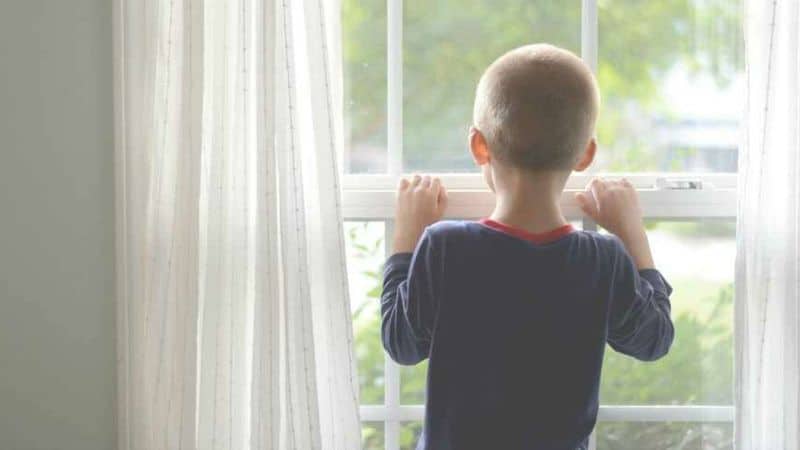
Leaving kids unattended at home was a standard practice for parents in the 1960s. Children were expected to be self-sufficient and responsible from a young age. This autonomy allowed children to learn independence but also posed certain risks. Today, leaving young children alone at home is frowned upon and even legally questionable in some areas. The shift towards more protective parenting reflects a heightened awareness of potential dangers and a focus on ensuring children’s safety and well-being at all times.
7. No Childproofing
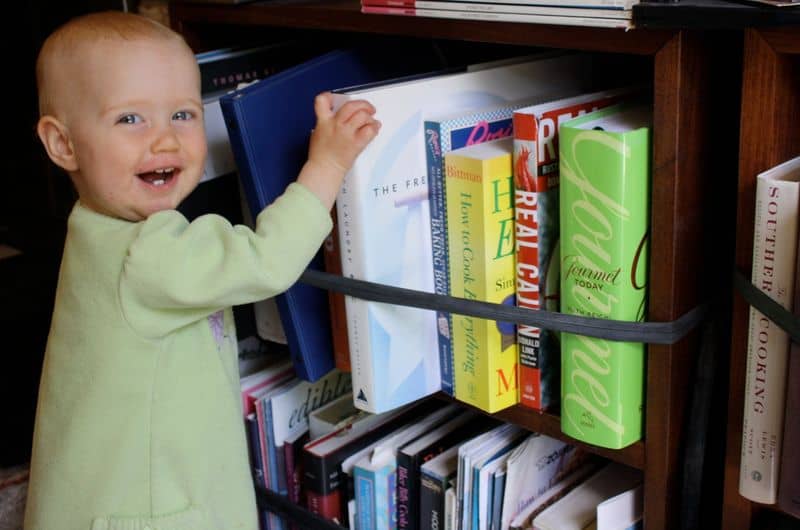
Homes in the 1960s lacked the childproofing measures we take for granted today. Electrical sockets were uncovered, cleaning products were within reach, and sharp furniture edges were unprotected. Parents relied on teaching children to be careful rather than altering their environment. This approach expected maturity and responsibility from kids at an early age. In contrast, modern homes are equipped with safety measures like socket covers, cabinet locks, and corner guards. The focus on prevention and protection reflects a shift towards minimizing risks and ensuring a safer environment for young children.
8. Corporal Punishment

Corporal punishment was a widely accepted form of discipline in the 1960s. Parents believed in physical punishment as a means to teach respect and good behavior. This approach was rarely questioned and was seen as an effective way to manage unruly children. Over time, views on discipline have evolved, and many now advocate for non-violent methods. The understanding of children’s psychological development has shifted, leading to more positive reinforcement techniques. Today, corporal punishment is less common and often criticized, highlighting a significant change in parenting philosophies.
9. Sugar-Heavy Diets
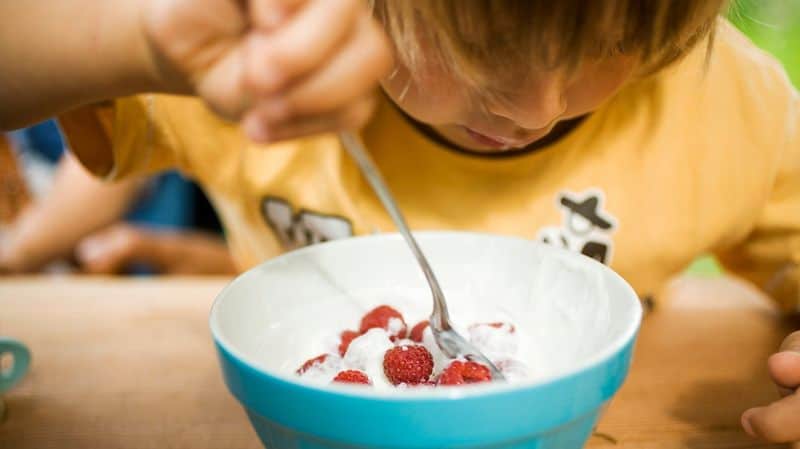
The 1960s diet for children often included sugar-laden foods that would shock today’s health-conscious parents. Sugary cereals, sodas, and desserts were commonplace, with little awareness of the health implications. Parents freely allowed these treats, viewing them as a normal part of a child’s diet. The lack of nutritional education meant that balanced diets were not a priority. Now, with a greater understanding of nutrition and health, parents emphasize healthier food choices for their children. The shift towards balanced diets reflects a growing awareness of the long-term impacts of sugar consumption on health.
10. Outdoor Freedom
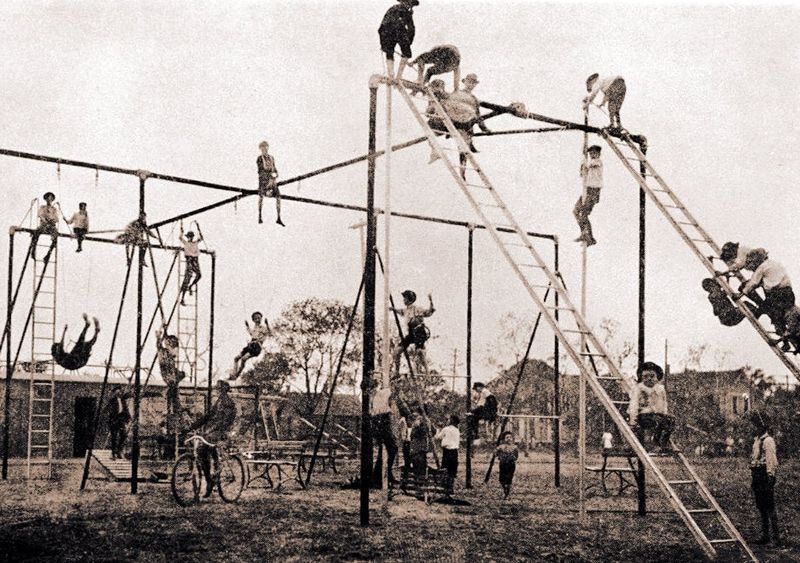
Children in the 1960s enjoyed an unparalleled freedom to explore the outdoors, often absent from home until dusk. This freedom allowed them to learn independence and connect with nature, a stark contrast to today’s structured activities and playdates. While this autonomy was valuable, it also posed safety risks. Modern parenting emphasizes supervision and structured environments to ensure children’s safety. The change reflects a balance between fostering independence and ensuring well-being, a shift driven by societal changes and increased awareness of potential dangers.
11. Dads as Breadwinners
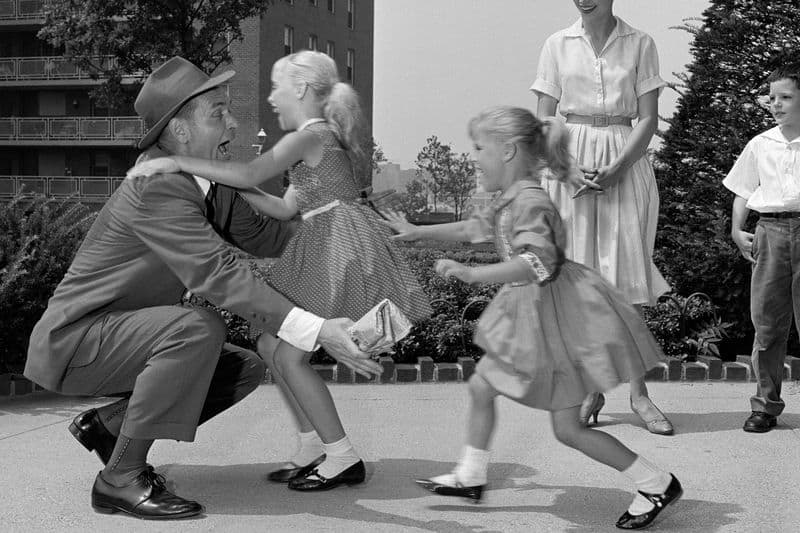
In the 1960s, traditional gender roles were prevalent, with fathers typically being the sole breadwinners while mothers managed the household and children. This division of labor was socially accepted and rarely questioned. Today, gender roles have evolved significantly, with more dual-income households and shared parenting responsibilities. The shift reflects greater gender equality and the recognition of the value of shared parenting. This evolution allows for more balanced family dynamics, challenging the traditional norms of the past and providing more opportunities for both parents to engage in their children’s lives.
12. Minimal Supervision
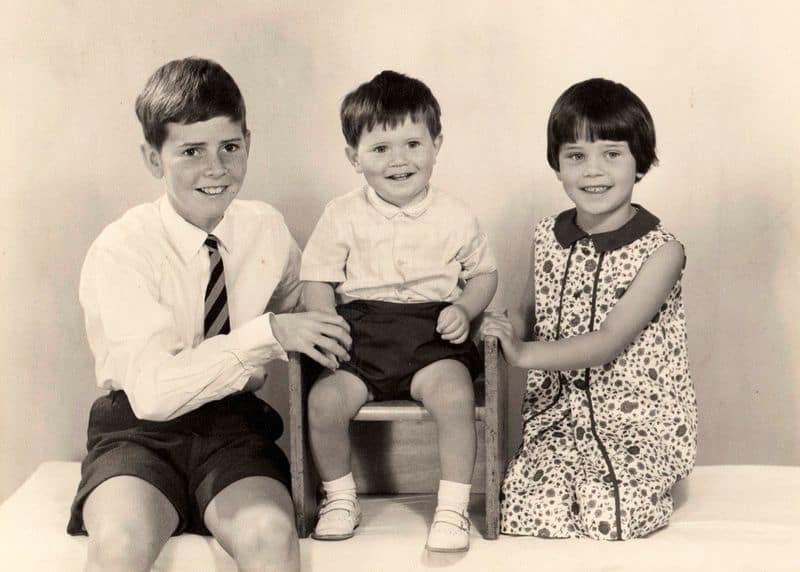
The 1960s parenting style often involved minimal supervision, trusting children to manage themselves. This approach was rooted in the belief that children should learn self-reliance and independence. While this fostered confidence, it also exposed children to risks. Today, parents are more present, often involved in every aspect of their children’s lives. The increase in supervision reflects a shift towards protective parenting, driven by concerns for safety and well-being. This change highlights the evolving understanding of child development and the desire to create secure environments for children to thrive.
13. Gender-Specific Toys

Toys in the 1960s were heavily gender-specific, reinforcing traditional roles. Girls were encouraged to play with dolls and boys with cars and action figures. This segregation perpetuated stereotypes and limited children’s creativity. Today, there is a growing movement towards gender-neutral toys, encouraging inclusivity and breaking down traditional barriers. The shift reflects a broader societal change towards equality and diversity, allowing children to explore interests without being confined by gender norms. This evolution in toy design promotes a more open-minded and accepting environment for future generations.
14. Drinking from the Garden Hose

In the 1960s, quenching your thirst straight from the garden hose was a childhood rite of passage. Parents thought nothing of kids running around barefoot, covered in dirt, and stopping to drink from the nearest hose during play. There were no concerns about water quality, bacteria, or hose material safety—it was just part of growing up.
Today, many parents cringe at the thought. With heightened awareness of contaminants and materials like lead in older hoses, filtered water bottles and hydration reminders have become the norm. This shift reflects increased concern for health and sanitation, even in moments that once seemed innocently carefree.

Well, hello there!
My name is Jennifer. Besides being an orthodontist, I am a mother to 3 playful boys. In this motherhood journey, I can say I will never know everything. That’s why I always strive to read a lot, and that’s why I started writing about all the smithereens I came across so that you can have everything in one place! Enjoy and stay positive; you’ve got this!

